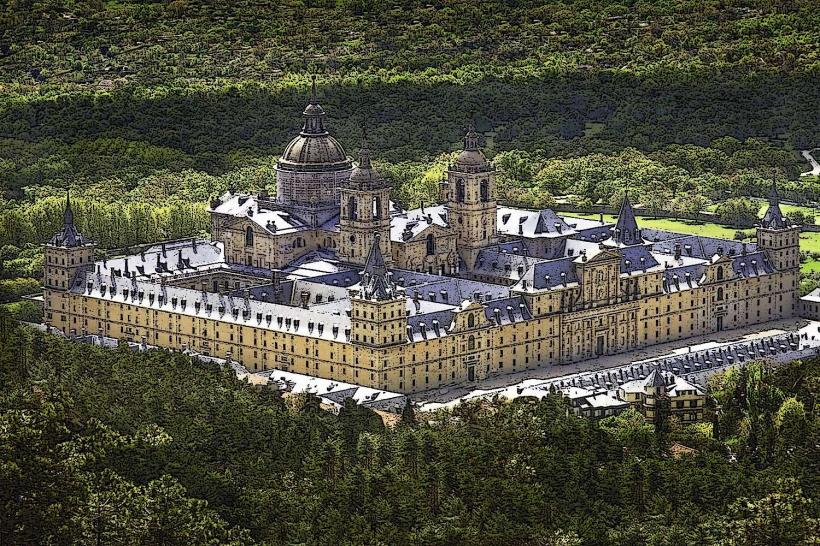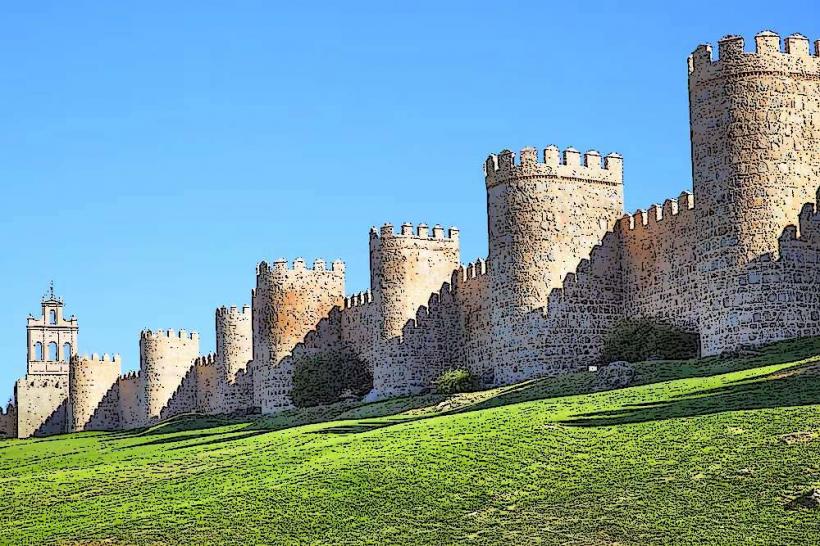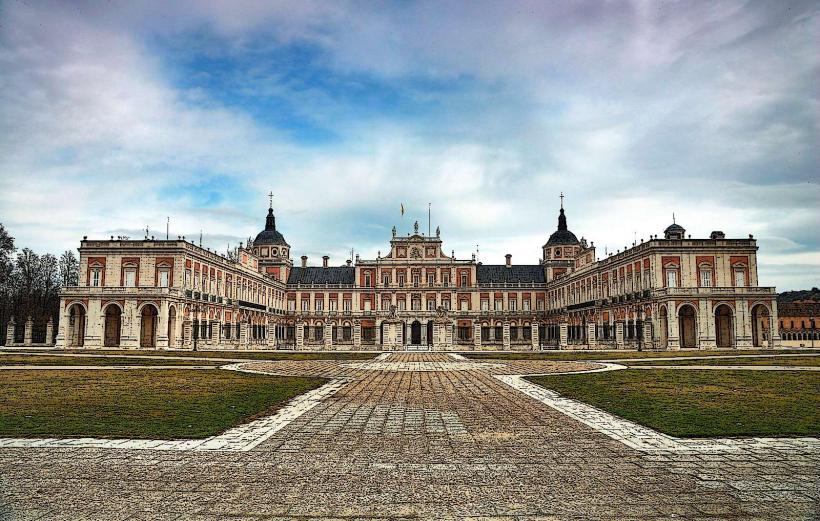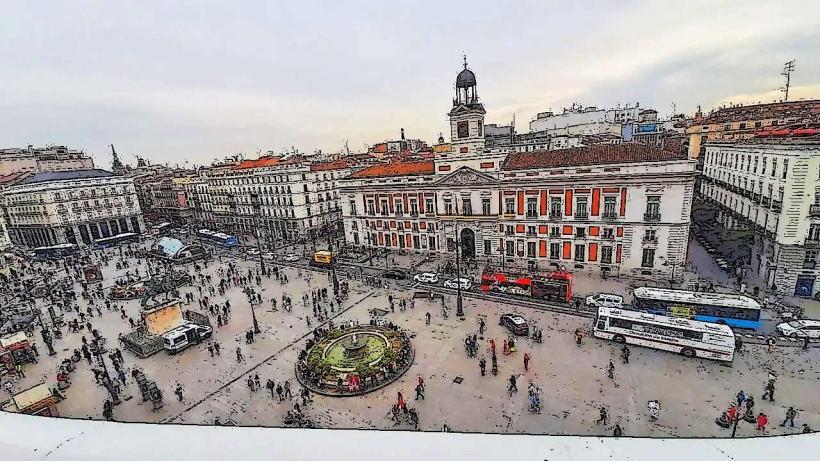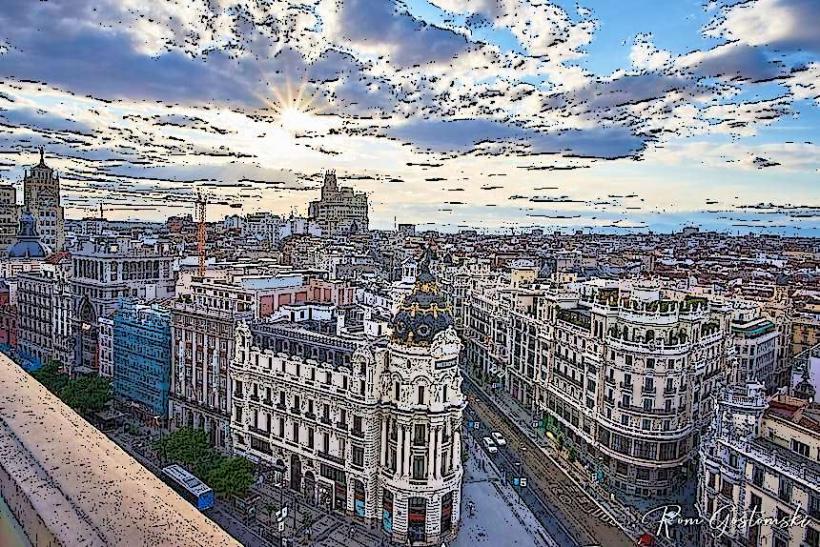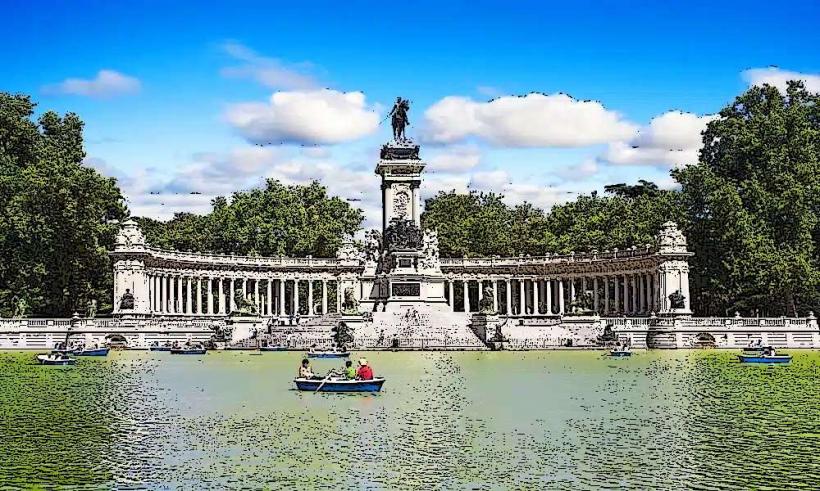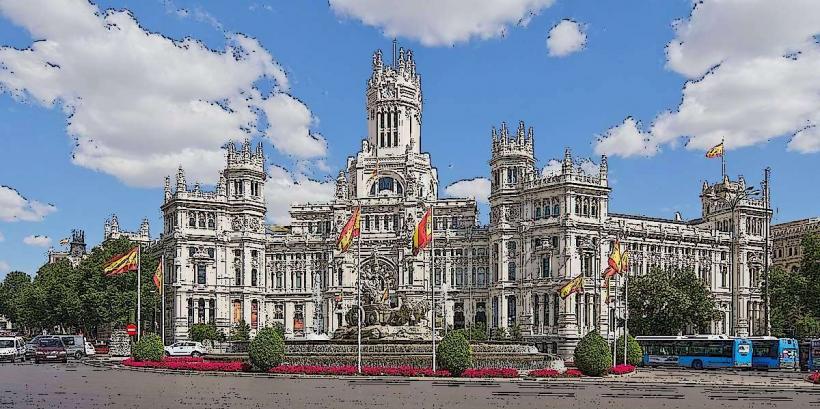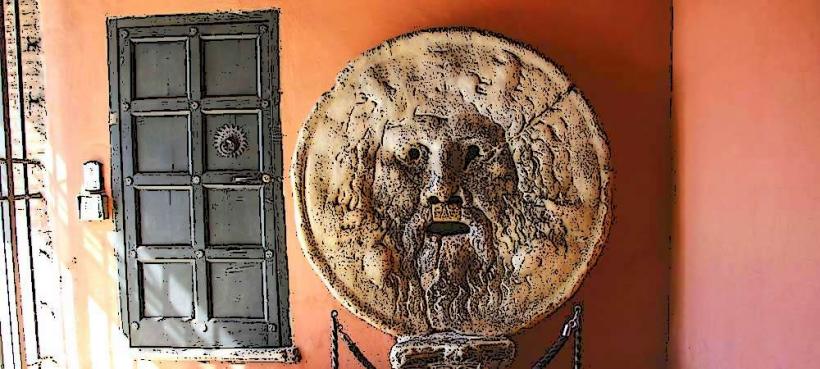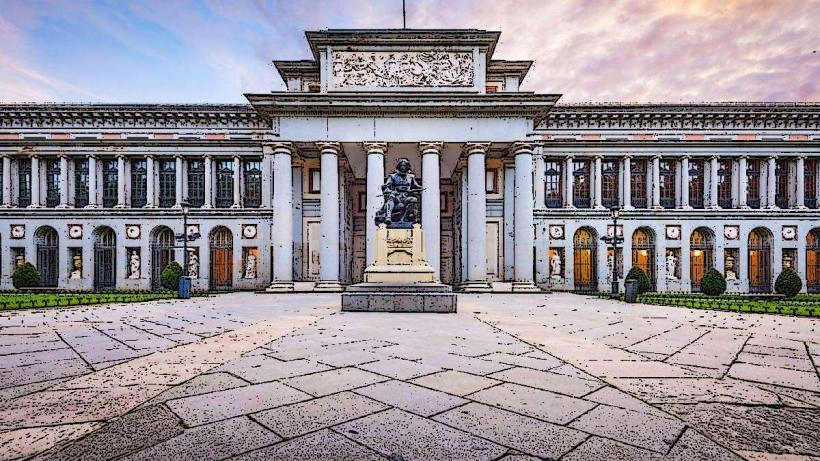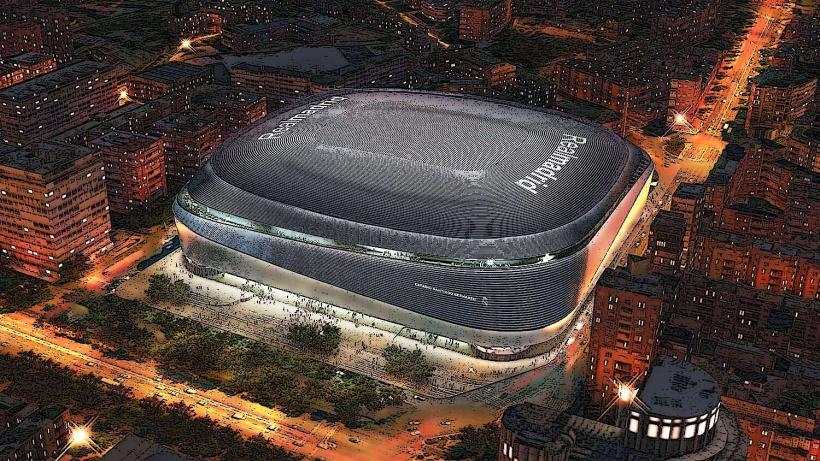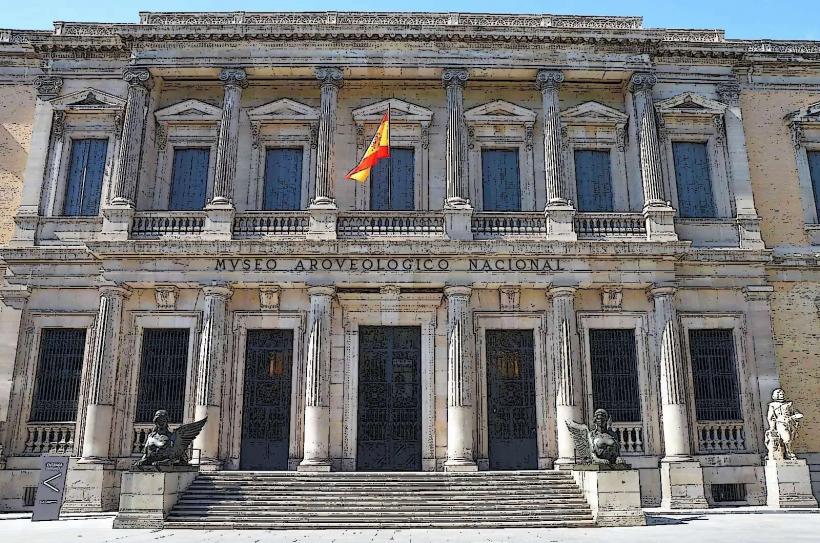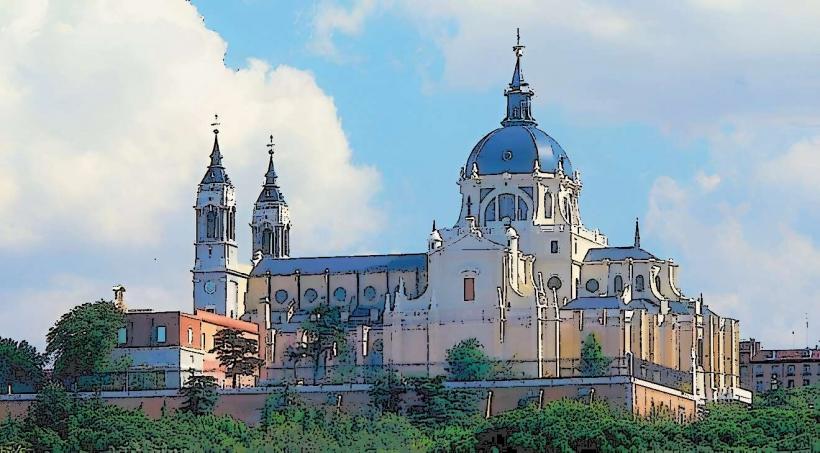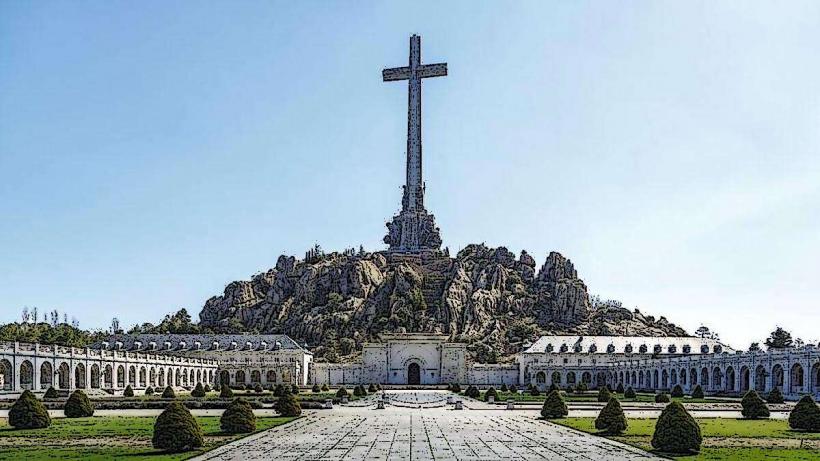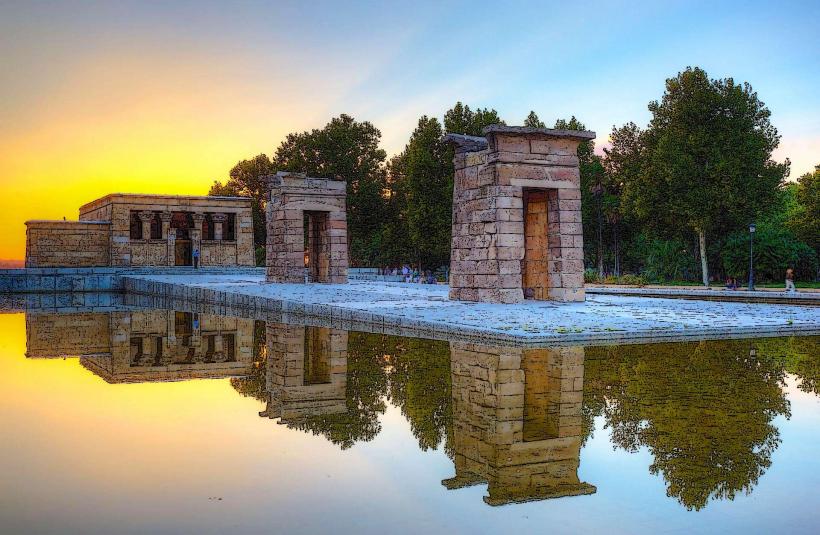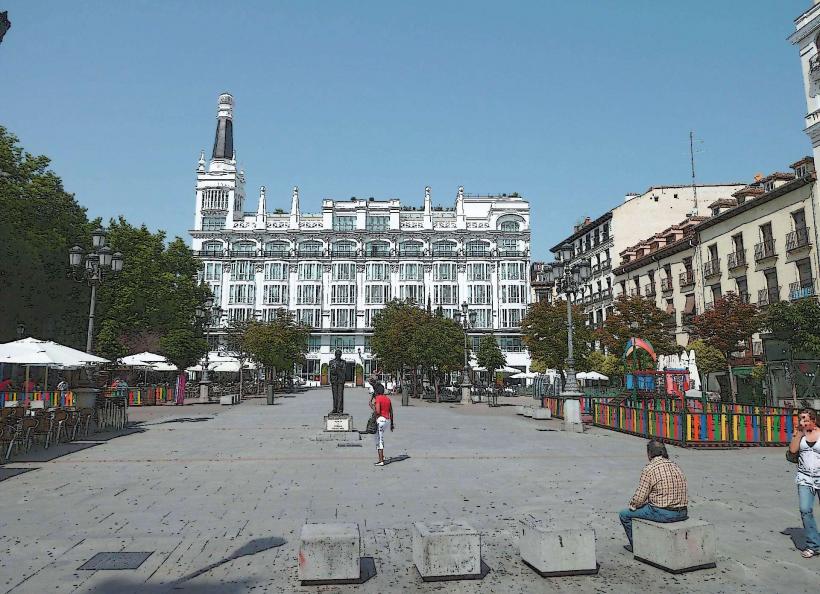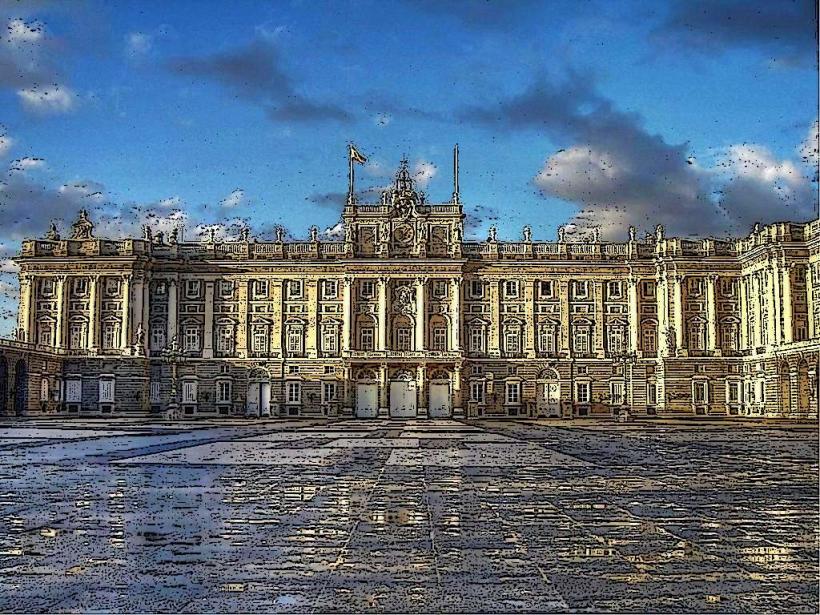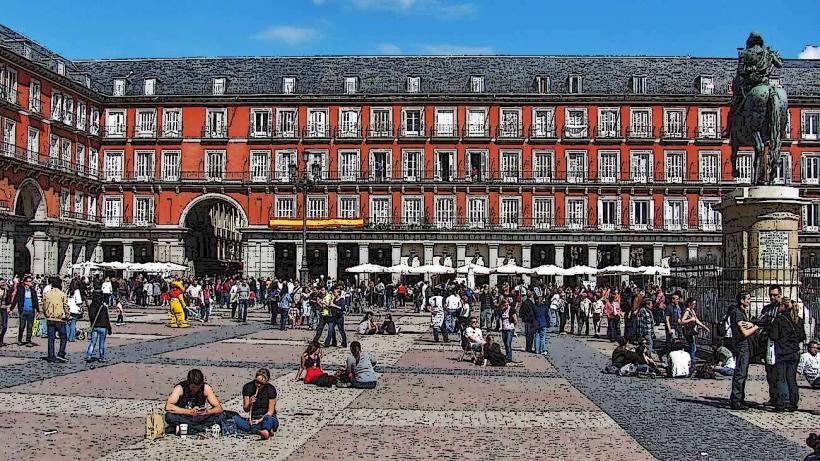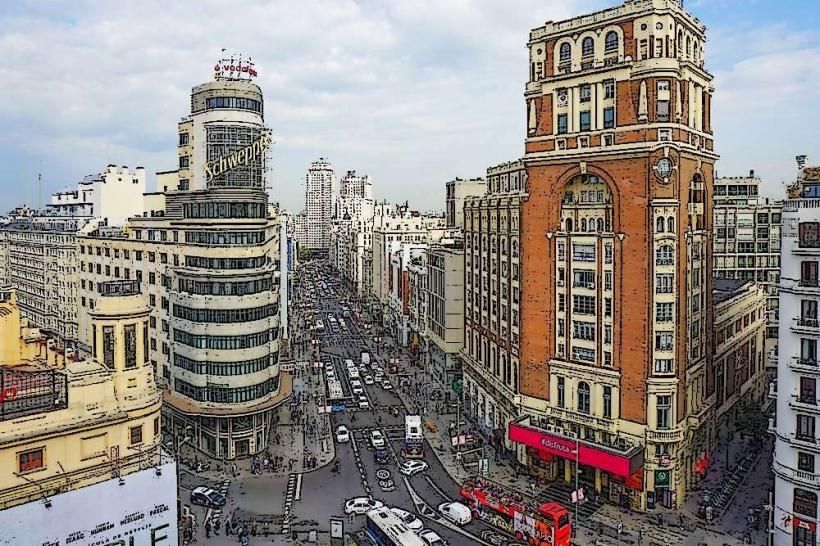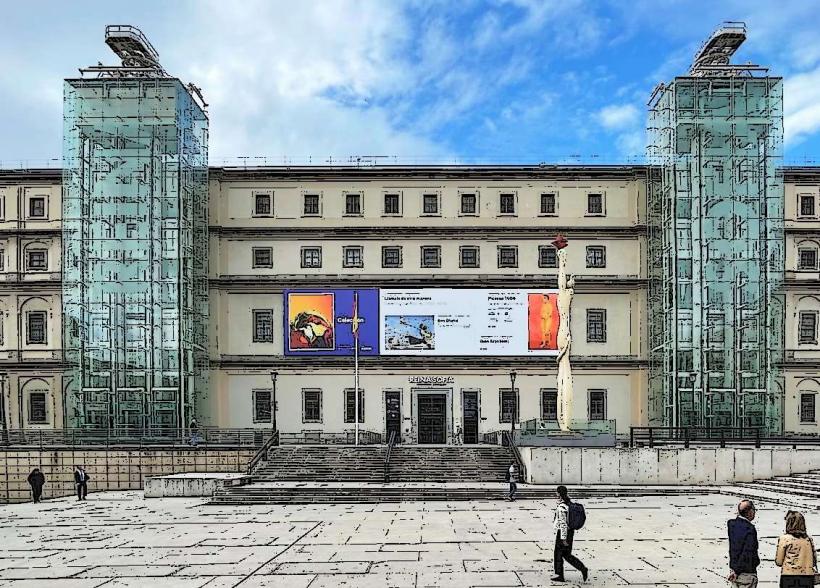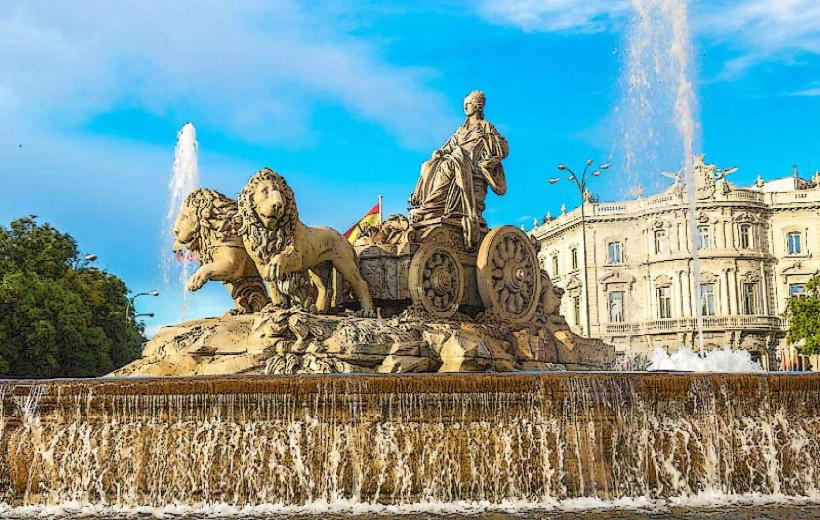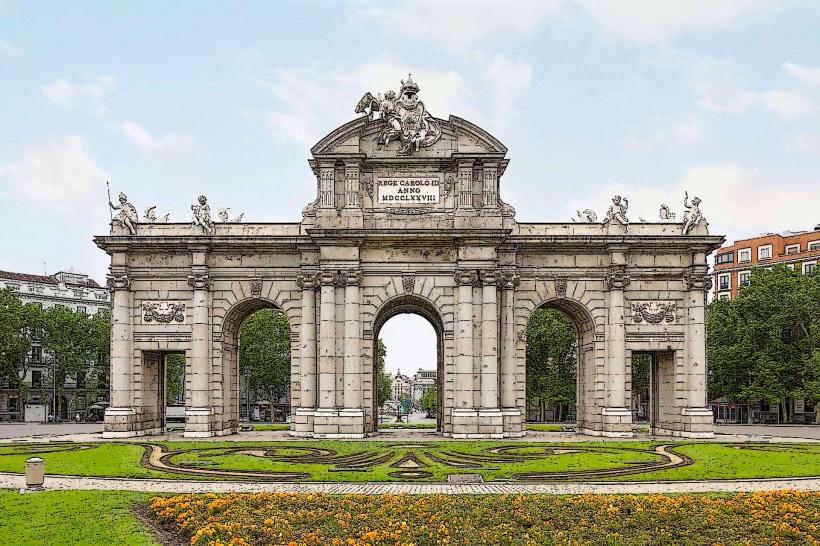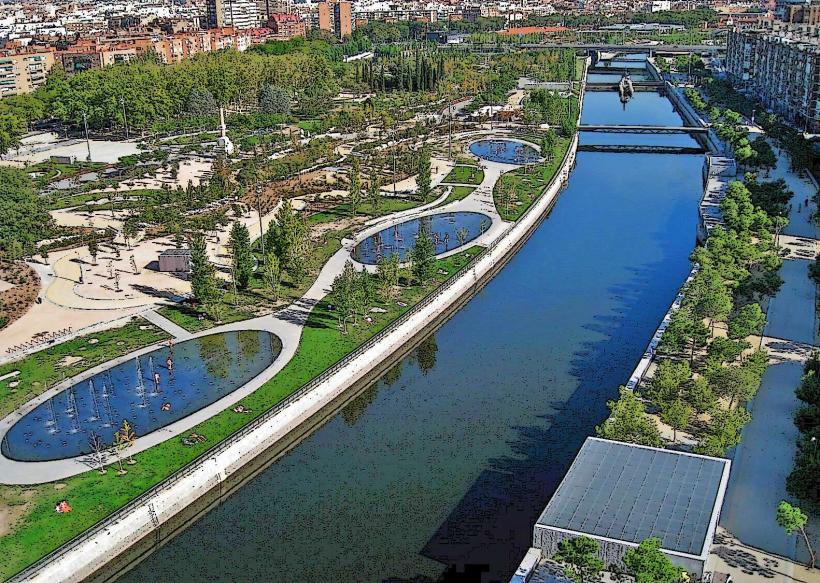Information
Landmark: Plaza de CibelesCity: Madrid
Country: Spain
Continent: Europe
Plaza de Cibeles is one of Madrid's most iconic and visually striking public squares. Located at the intersection of several major roads, this grand plaza serves as a cultural, historical, and social hub in the heart of Madrid. Known for its stunning fountains, historic buildings, and symbolic importance, Plaza de Cibeles has become a must-visit destination for both locals and tourists alike.
Historical Background
The plaza was created in the 18th century as part of the urban expansion of Madrid under King Carlos III. It was designed to celebrate the beauty and grandeur of Madrid, marking an important junction between the main roads that led to key areas like Gran Vía and Paseo del Prado. The plaza, as it stands today, was shaped through a combination of architectural and landscaping work throughout the centuries.
Main Features
The focal point of Plaza de Cibeles is its fountain and the Palacio de Cibeles, which together create a visually stunning and symbolic ensemble.
Cibeles Fountain
At the center of the plaza stands the Cibeles Fountain, one of Madrid's most recognizable landmarks. This neoclassical fountain was designed by architect Francisco Gutiérrez and sculptor Roberto Michel, and completed in 1782.
- The Sculpture: The fountain features a large sculpture of Cybele (Cibeles in Spanish), the ancient Greek goddess of fertility, nature, and the earth, sitting on a chariot drawn by two lions. The chariot and its horses are symbolic of the goddess' power and control over nature and the seasons.
- Symbolism: The fountain has become a symbol of Madrid, not only because of its majestic appearance but also because of its association with the city’s sporting victories, particularly when Real Madrid fans celebrate at the fountain after the team’s successes. The fountain has been a focal point of celebration for football fans for decades, and it is often filled with cheering crowds.
Palacio de Cibeles
At the edge of the plaza stands the impressive Palacio de Cibeles, which is one of Madrid’s most important buildings. Originally built to house the postal services (Palacio de las Comunicaciones), it was designed by the architects Antonio Palacios and Julio Lucena in a neo-Gothic style, with influences from Renaissance and Baroque architecture.
- Current Use: Today, the Palacio de Cibeles is home to the City Hall of Madrid. It is also a cultural center, hosting exhibitions and events in its many galleries. Its stunning architectural beauty and central location make it a favorite with tourists and locals.
- The Clock Tower: The building’s most prominent feature is its clock tower, which stands as a symbol of Madrid’s historical and cultural significance. The tower is also a major landmark of the plaza.
Other Surrounding Buildings
The square is bordered by some of Madrid’s most significant architectural structures, adding to the historic charm of the area:
- Banco de España: The Spanish central bank building, designed by architect Eduardo Torroja, stands to the east of the square and features a monumental façade.
- Cibeles Palace Apartments: Located in the nearby area, this residential complex, designed by Antonio Palacios, is another example of the grandeur and scale of the square’s surrounding buildings.
Cultural Significance
Plaza de Cibeles is not only a physical space but also a symbolic and cultural landmark for Madrid:
- Real Madrid Celebrations: The plaza is most famous as the site of celebrations for Real Madrid's victories, especially after major championships like La Liga or the UEFA Champions League. Fans flood the square to celebrate, and the fountain has become a central point for these jubilant displays.
- Political Symbolism: As the location of the City Hall, Plaza de Cibeles is also a center for political events and public celebrations, from National Day commemorations to protests and marches.
- Art and Culture: The proximity to important cultural institutions, such as the Prado Museum and Retiro Park, adds to the square's cultural importance, and the Palacio de Cibeles itself often holds art exhibitions, cultural events, and concerts.
Events and Activities
Plaza de Cibeles regularly hosts large-scale public events, celebrations, and festivals. It is a space for both civic engagement and recreational use, and some of the events that take place here include:
- New Year’s Eve Celebrations: Each year, the square is the venue for Madrid’s New Year’s Eve celebration, featuring live music and a large public countdown to the new year.
- Public Protests and Demonstrations: Due to its central location and historical importance, Plaza de Cibeles is frequently used as a gathering point for political and social movements.
- Festivals: The plaza serves as a venue for local festivals and performances, attracting crowds with various cultural and artistic events.
Accessibility and Nearby Attractions
Plaza de Cibeles is centrally located and easily accessible, making it a natural starting point for exploring Madrid. It is connected to various other key locations, including:
- Paseo del Prado: The famed boulevard is a short walk away, home to several important museums, including the Prado Museum, Reina Sofía Museum, and Thyssen-Bornemisza Museum.
- Retiro Park: Just a few blocks away from the square, Retiro Park is one of Madrid’s most popular green spaces, perfect for relaxing after a visit to the plaza.
- Gran Vía: A bustling shopping street that leads directly from the square, Gran Vía is known for its theaters, shops, and restaurants.
Conclusion
Plaza de Cibeles is a quintessential part of Madrid, representing both its rich history and vibrant modern culture. Whether you're admiring the Cibeles Fountain, exploring the Palacio de Cibeles, or enjoying the bustling atmosphere of the square, it is a place that captures the spirit of the city. As a symbol of Madrid's triumphs, culture, and civic pride, it remains one of the most significant landmarks in the Spanish capital.

